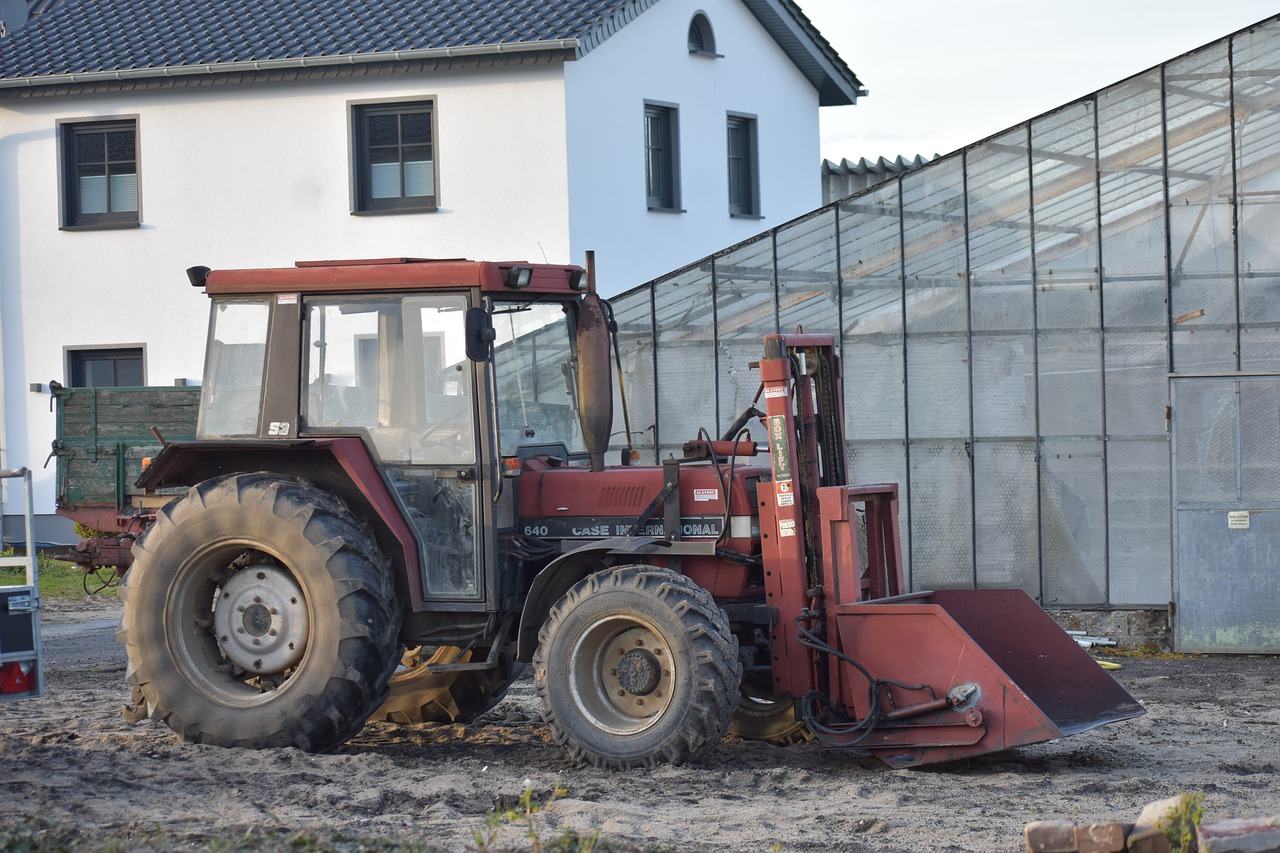Tech Solutions for Coastal Erosion Prevention and Shoreline Management
Living shorelines are sustainable approaches that utilize native vegetation, such as marsh grasses and mangroves, to stabilize coastal areas. These plants help to reduce erosion by trapping sediment and dissipating wave energy. Additionally, living shorelines provide important habitat for various marine species, contributing to overall ecosystem health.
Another effective natural method of shoreline protection is the creation of oyster reefs. Oysters help to stabilize shorelines by forming complex reef structures that dissipate wave energy and reduce erosion. Furthermore, oyster reefs provide crucial habitat for a variety of marine organisms, promoting biodiversity and enhancing the resilience of coastal ecosystems.
Artificial Reefs for Coastal Erosion Prevention
Artificial reefs are structures constructed in coastal waters using a variety of materials such as concrete, rocks, and old ships. These reefs serve as barriers that help break the force of incoming waves, reducing erosion of the shoreline. By dissipating wave energy, artificial reefs can help protect coastal areas from the damaging effects of erosion.
Additionally, artificial reefs provide habitats for marine life, creating a more biodiverse ecosystem. As marine organisms colonize the reefs, they contribute to the stabilization of sediments and help prevent further erosion. Furthermore, the presence of artificial reefs can enhance recreational opportunities for activities such as diving and fishing, boosting tourism in coastal communities.
Beach Nourishment Techniques
Beach nourishment, also known as beach replenishment or beach restoration, is a popular method used to combat erosion along coastlines. This technique involves adding sand to an eroding beach, increasing its width and height to reduce the effects of wave energy and stabilize the shoreline. By restoring the natural sediment flow, beach nourishment can help protect coastal communities and infrastructure from the impacts of sea level rise and storms.
One key advantage of beach nourishment is its ability to provide immediate protection to shorelines in a cost-effective manner. Unlike some other shoreline protection methods that require extensive construction and ongoing maintenance, beach nourishment can be implemented quickly and with minimal disruption to the surrounding environment. Additionally, by recreating sandy beaches, this technique can enhance the recreational value of coastal areas, supporting tourism and local economies.
• Beach nourishment involves adding sand to an eroding beach
• Increases the width and height of the beach to reduce wave energy
• Restores natural sediment flow to stabilize the shoreline
• Provides immediate protection in a cost-effective manner
• Minimal disruption to surrounding environment during implementation
What are some natural methods of shoreline protection mentioned in the article?
Some natural methods of shoreline protection include dune restoration, planting vegetation, and creating wetlands.
How do artificial reefs help prevent coastal erosion?
Artificial reefs can help dissipate wave energy, which in turn can help reduce the impact of erosion on the coastline.
Can you explain what beach nourishment techniques are?
Beach nourishment techniques involve adding sand or other sediment to beaches to widen them and provide additional protection against erosion.
Are beach nourishment techniques effective in preventing coastal erosion?
Yes, beach nourishment techniques have been shown to be effective in reducing erosion and protecting coastal areas from the impacts of storms and rising sea levels.
How often should beach nourishment techniques be implemented to maintain their effectiveness?
The frequency of beach nourishment projects can vary depending on factors such as the rate of erosion, storm frequency, and the availability of sediment for replenishment. In general, beach nourishment projects may need to be repeated every few years to maintain their effectiveness.





